They may look soft and innocent, but baby animals are born with instincts and abilities that would make survival experts jealous. Whether it’s swimming hours after birth, blending seamlessly into their surroundings, or mimicking other species to stay safe, nature equips these tiny creatures with remarkable skills from the moment they’re born. Behind every cute face lies a survival strategy fine-tuned by evolution. These are 14 baby animals whose wild-born instincts prove that even the smallest creatures are natural-born survivors.
1. Lion Cubs Have Camouflaging Spots
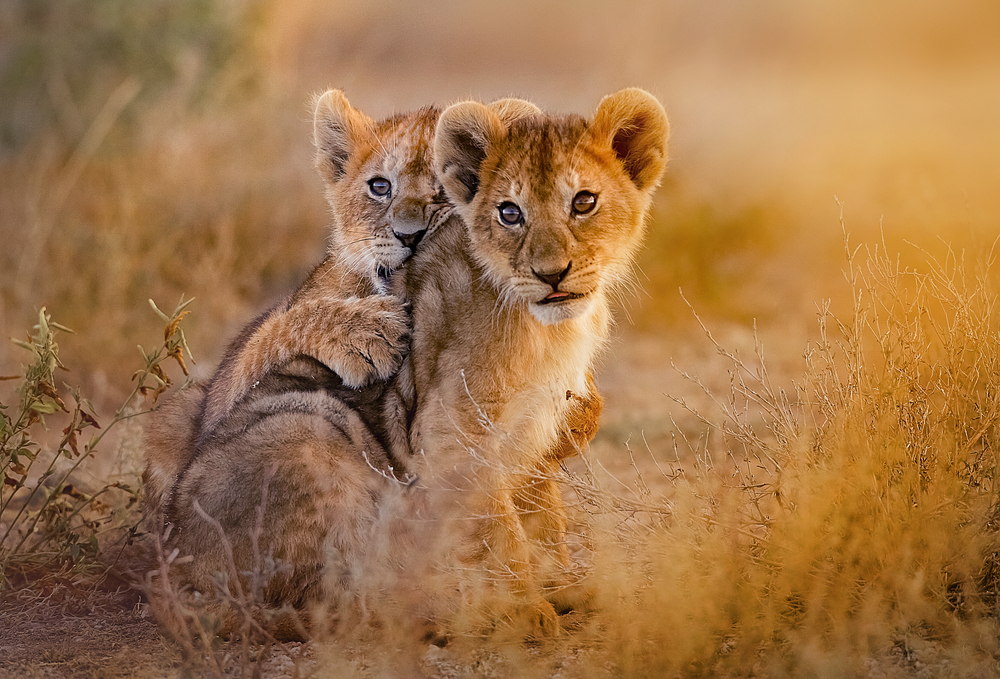
Before they become the kings and queens of the savannah, lion cubs rely on a much quieter kind of power—camouflage. Born with faint rosette-like spots across their golden fur, these markings help them blend into tall grass and dry earth. While their mother hunts, the cubs stay hidden, silent and still, completely invisible to passing predators. Their very survival depends on remaining unseen.
These spots gradually fade as they grow older and begin to join the pride on hunts. Wildlife experts believe these markings evolved as a visual defense system, mimicking the patterns of surrounding vegetation. It’s a built-in disguise that gives them the stealth of a leopard long before they earn their roar. In the wild, even baby lions have to master the art of disappearing.
2. Ducklings Learn to Swim Immediately
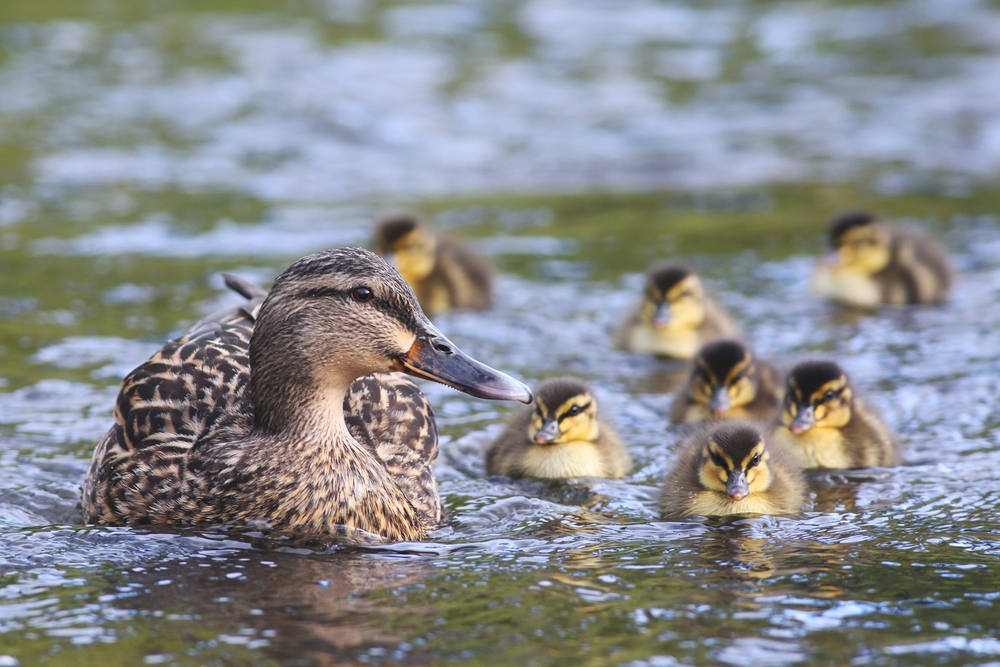
Ducklings don’t need swimming lessons—they’re ready for the water within hours of hatching. As soon as they dry off, their mother leads them to the nearest pond, where they instinctively paddle after her in perfect formation. This early ability helps them avoid ground predators and find food while staying close to the protection of the water. Their waterproof down, coated in natural oils from their mother, keeps them warm and afloat during those first critical days.
Beyond swimming, ducklings also imprint on their mother almost immediately after hatching. This means they follow her anywhere, trusting her to lead them to food and safety. It’s an emotional bond that doubles as a survival mechanism—keeping them from wandering too far in a world where danger lurks everywhere. Their fluffy cuteness hides a powerful truth: from day one, they’re wired to live.
3. Fawns Stay Completely Still to Avoid Detection
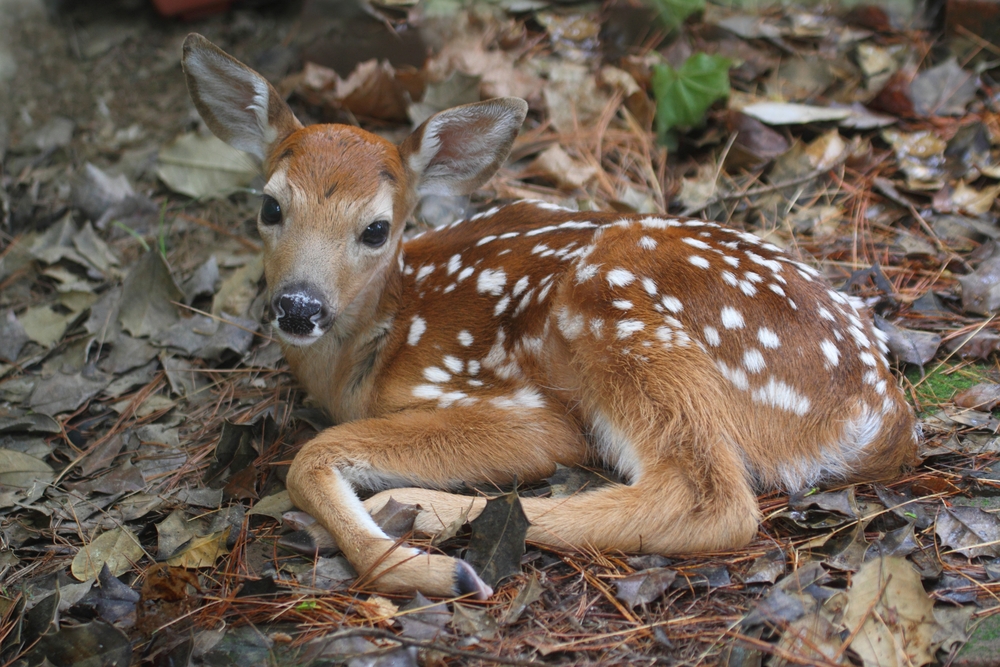
Newborn deer, or fawns, come into the world with one of nature’s simplest yet most effective defense tactics: stillness. Their reddish-brown coats are dappled with white spots that mimic sunlight filtering through leaves, creating perfect camouflage on the forest floor. When a predator approaches, they drop to the ground, freeze entirely, and rely on their lack of scent and incredible stillness to remain invisible. This natural instinct can save their lives long before they’re strong enough to flee.
Their mothers often leave them hidden for hours while they graze, trusting the fawn’s stillness to keep them safe. Scientists have observed that even when touched, many young fawns won’t move a muscle, staying in a trance-like freeze response. It’s not fear—it’s evolution’s version of stealth mode. The ability to disappear without moving gives these fragile babies the best shot at growing into fast, agile adults.
4. Sea Turtle Hatchlings Race to the Sea
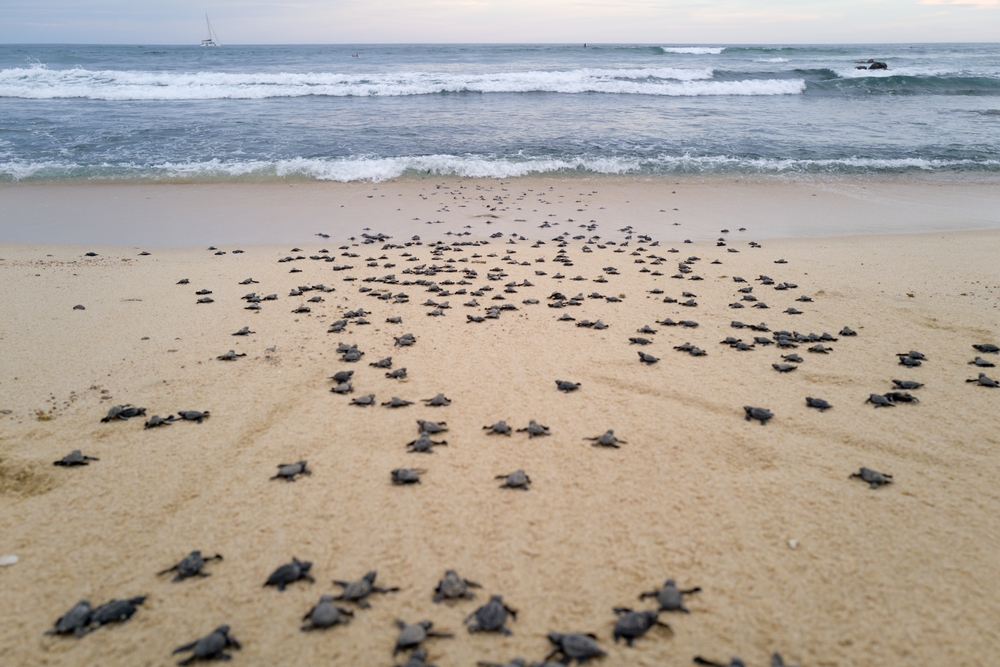
When sea turtles hatch, they don’t have parents waiting to protect them. Instead, hundreds of tiny hatchlings emerge from their sandy nests at night and instinctively race toward the shimmering light of the ocean. This mad dash is a life-or-death race against predators like birds, crabs, and lizards waiting to snatch them up. Only a few will make it to the waves, but those that do have a fighting chance at survival.
This behavior isn’t random—it’s deeply encoded in their DNA. The reflection of moonlight on the water guides them toward safety, a natural GPS that’s been used for millions of years. Researchers have found that even hatchlings raised in controlled environments still exhibit this instinct, proving how ancient and essential it is. It’s a breathtaking reminder that survival starts the moment life begins.
5. Baby Kangaroos Find the Pouch Instinctively
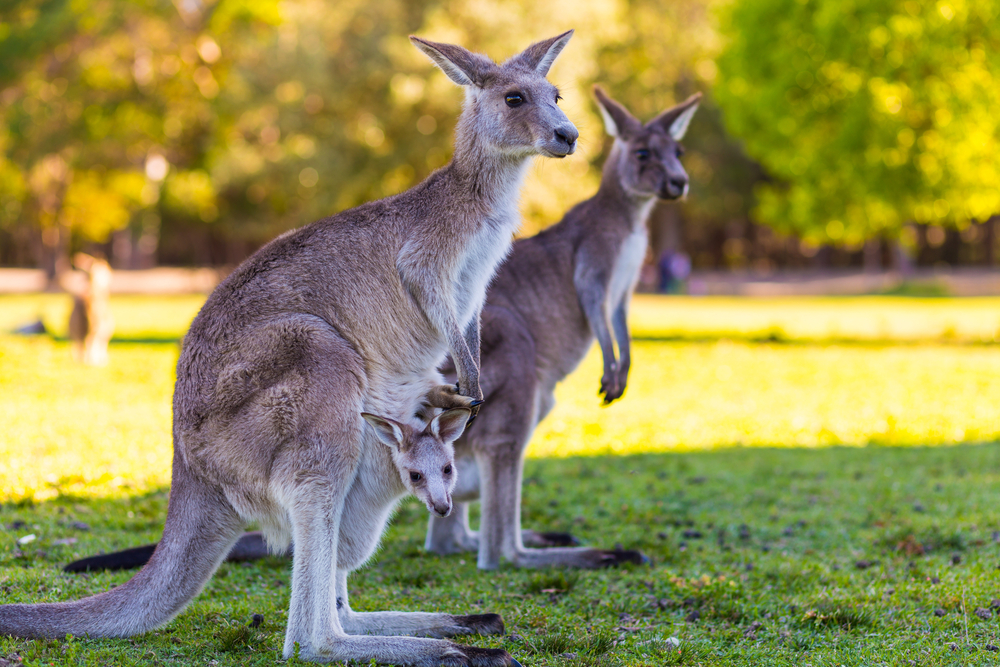
When a baby kangaroo—or joey—is born, it’s barely the size of a jellybean, blind, hairless, and completely undeveloped. Yet somehow, this fragile creature instinctively climbs up its mother’s fur into the warmth and safety of her pouch. There, it latches onto a teat and continues to grow, protected from the harsh outside world. This journey from birth canal to pouch is one of nature’s most astonishing survival feats.
Once inside, the joey spends months developing, venturing out only when strong enough to hop on its own. Scientists believe this instinctual climb is triggered by scent and touch, guiding them in total darkness. Marsupial mothers create a mobile nursery that ensures their babies can thrive even in harsh, dry environments. It’s a beautiful partnership of instinct and evolution—one that defines Australia’s most iconic creature.
6. Elephant Calves Stay Close to the Herd
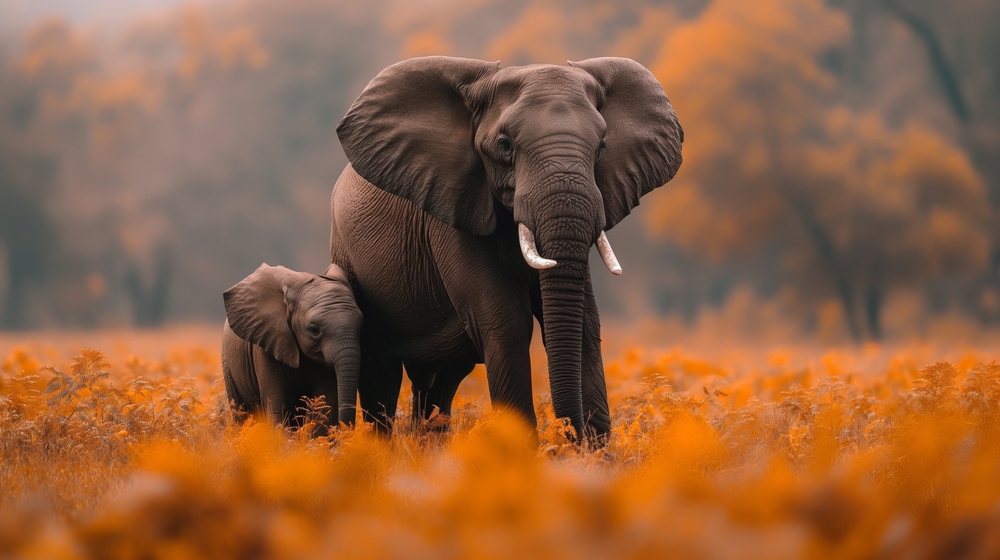
Elephant calves are born into one of the most protective families in the animal kingdom. From the moment they take their first wobbly steps, they’re surrounded by mothers, aunts, and siblings who form a literal circle of defense. This herd protection ensures that predators can’t get close, giving the calf time to learn vital survival skills like finding water and foraging.
The matriarch teaches them the ways of the wild, while older females model nurturing and patience. Elephants communicate through touch, low rumbles, and even seismic vibrations, allowing calves to stay connected even when separated by distance. Their emotional intelligence and social structure give them an edge few species can match. It’s not just biology—it’s a lifelong support system built on love and learning.
7. Arctic Fox Kits Develop Thick Coats Quickly
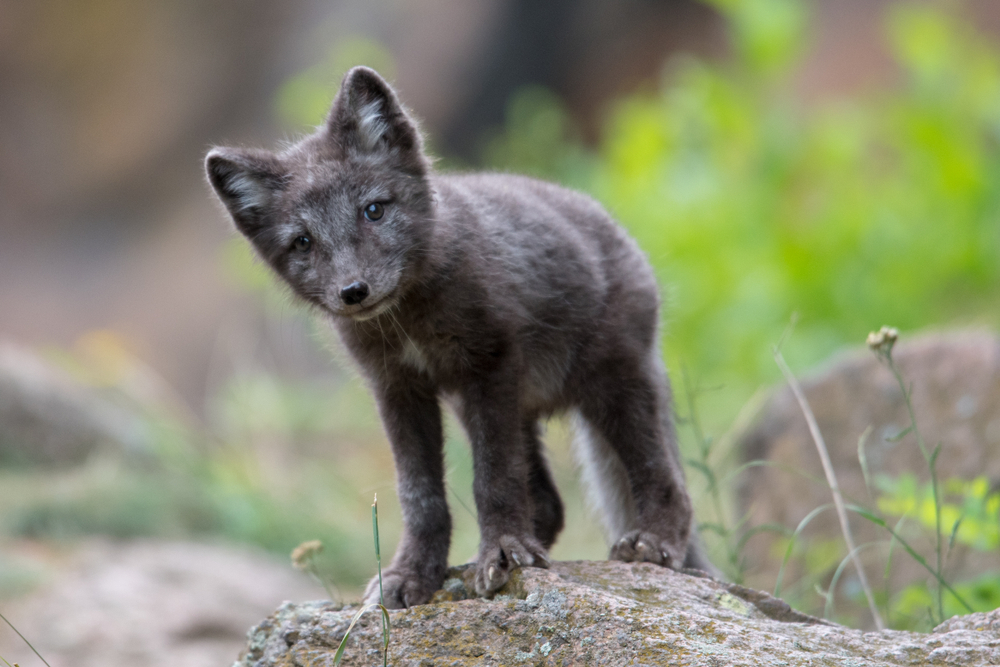
Born in one of the harshest climates on Earth, Arctic fox kits must adapt fast—or freeze. They enter the world with a thin layer of fur but quickly grow a dense, plush coat within weeks. This fur isn’t just insulation—it’s a high-tech survival tool, trapping heat while repelling moisture. As the seasons change, their coats shift color to match the tundra, turning pure white in winter and brown in summer.
These transformations make the kits nearly invisible against snow or stone, protecting them from predators like eagles and wolves. Researchers studying Arctic foxes in Greenland found that the speed of their fur growth correlates directly with temperature changes—a remarkable case of biology reacting in real time. In an environment where even the air can kill, adaptation is everything.
8. Octopus Hatchlings Mimic Their Surroundings
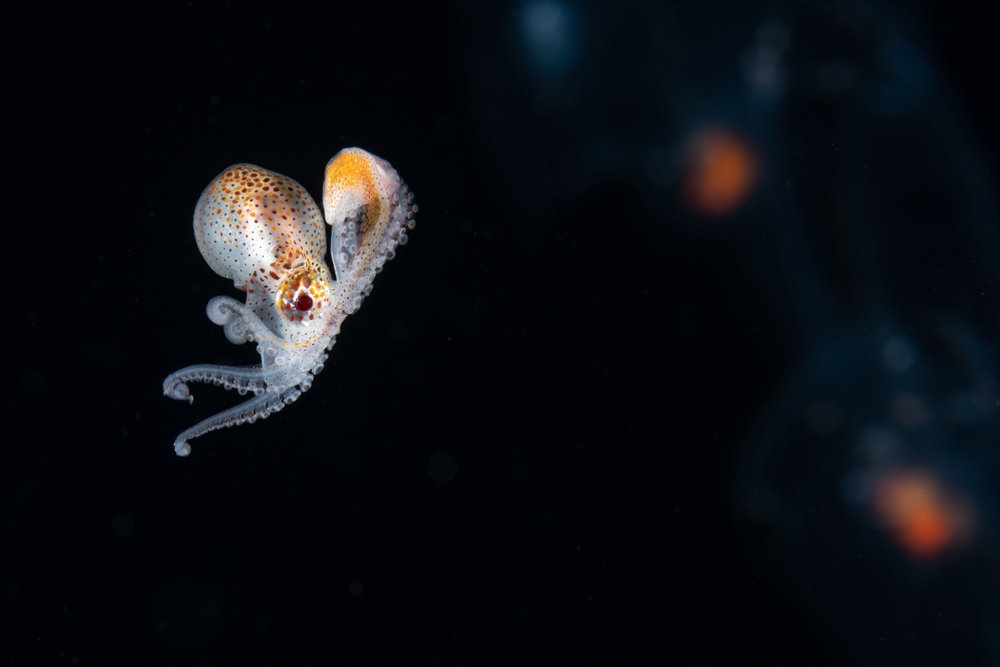
Octopus hatchlings are born into a world where everything wants to eat them—and yet they come equipped with one of nature’s greatest defenses: camouflage. Even at a few millimeters long, they can change color, texture, and even shape to match coral, sand, or rocks. This ability, powered by specialized cells called chromatophores, lets them vanish from predators before they even know danger is near.
Scientists from the Marine Biological Laboratory have found that this camouflage isn’t learned—it’s instinctive. Hatchlings can blend into their environment moments after birth, making them masters of disguise in an unforgiving ocean. While they might not have shells or claws, they have something better: invisibility.
9. Wolf Pups Learn Social Structure Early

Wolf pups may be born blind and deaf, but they quickly learn what matters most—pack hierarchy. Within weeks, they begin to understand dominance, submission, and teamwork by observing older wolves. This early socialization is crucial, teaching them how to hunt, communicate, and survive as part of a coordinated group. In a pack, knowing your place can mean the difference between eating and going hungry.
Their learning process is a mix of play and instinct. When they wrestle or chase each other, they’re actually practicing adult behaviors like ambushing and asserting rank. By the time they’re adolescents, these lessons are hardwired. The result? A synchronized hunting machine built from instinct, cooperation, and respect.
10. Baby Penguins Huddle for Warmth
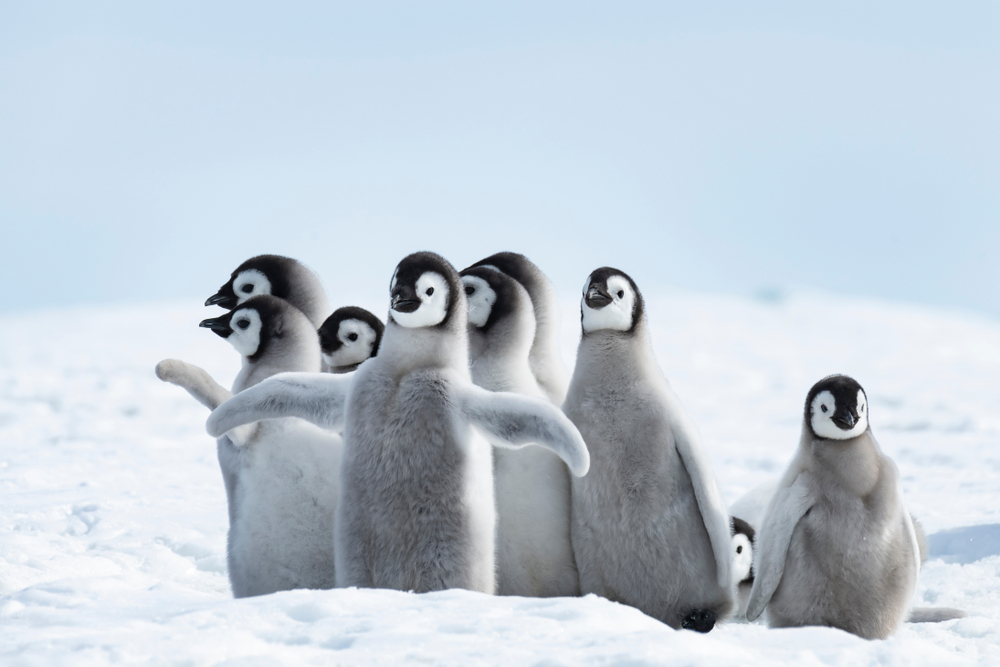
Emperor penguin chicks are born into one of the most extreme environments on Earth, where wind chills can drop below –60°F. Their downy feathers alone can’t protect them from the deadly cold, so they rely on teamwork to survive. Chicks and adults form dense huddles, pressing against one another to conserve heat. These gatherings can include thousands of penguins, all moving rhythmically to share warmth evenly throughout the group.
This instinctive coordination is so precise that researchers at the University of Erlangen-Nuremberg found the huddles shift like a wave, ensuring no chick is left freezing on the outer edge for too long. It’s an incredible act of cooperation that begins early in life, proving that even baby penguins understand the power of community. In Antarctica, survival is a group project—and the penguins have mastered it.
11. Cheetah Cubs Mimic Honey Badgers for Protection
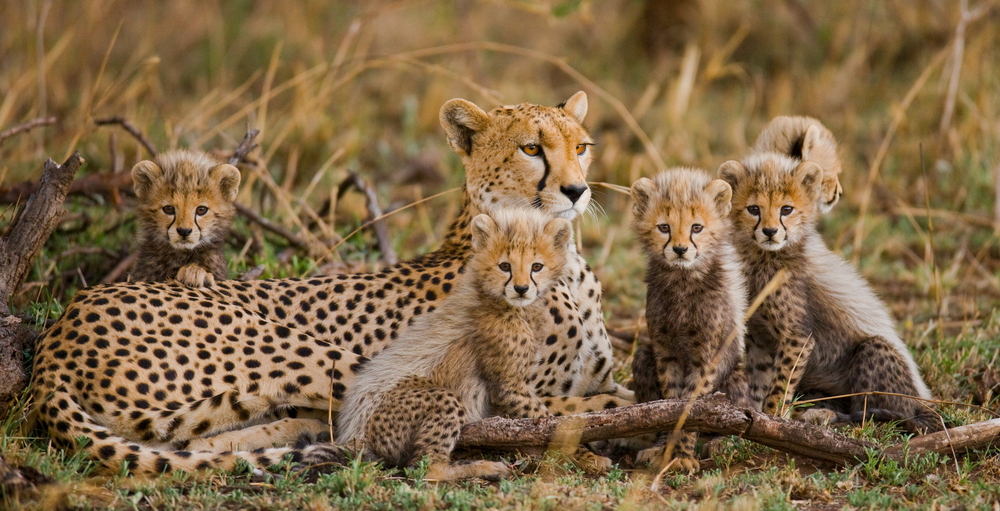
Cheetah cubs might look adorable, but their fuzzy grayish manes are more than just cute—they’re a disguise. When they’re small and most vulnerable, their long, shaggy fur makes them resemble the fearless honey badger, one of Africa’s most notorious and aggressive animals. Predators like lions and hyenas tend to steer clear, mistaking the cubs for these fierce fighters. This clever evolutionary mimicry helps protect them during their earliest weeks of life.
As they grow older and stronger, cheetah cubs lose this disguise, trading it for the sleek spotted coat that defines adulthood. Until then, their imitation game is their best defense. Scientists call this kind of mimicry “protective adaptation,” and it’s one of nature’s most genius forms of survival strategy. Sometimes, pretending to be scary is all it takes to stay alive.
12. Baby Opossums “Play Dead”

Even as babies, opossums are masters of deception. When threatened, they instinctively collapse, go limp, and enter a near-comatose state that makes them appear lifeless. They also release a foul-smelling odor from their glands, imitating the scent of decay to convince predators they’re already dead. This behavior, known as “playing possum,” is an involuntary response—a biological act that gives them a second chance to escape once danger passes.
Researchers have observed that even very young opossums exhibit this behavior without ever having seen it before. It’s an ancient reflex that has kept their species alive for millions of years. By literally faking death, these tiny marsupials pull off one of the most convincing survival tactics in the animal kingdom. It’s creepy, clever, and incredibly effective.
13. Frog Tadpoles Swarm for Safety
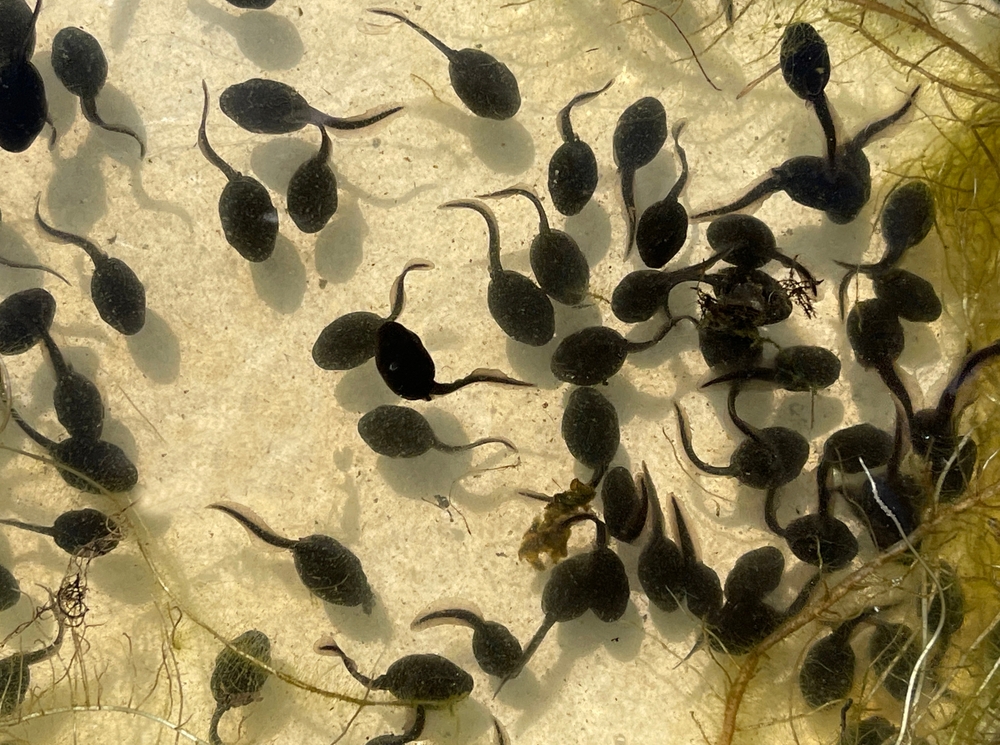
For frog tadpoles, there’s strength in numbers. Shortly after hatching, they gather in large, wriggling clusters that move together through shallow ponds. This swarming behavior confuses predators, making it harder for them to target a single tadpole. It’s an instinctive form of collective protection, and it gives many more tadpoles a chance to survive long enough to become frogs.
Scientists studying tadpoles from various species found that those in larger groups have significantly higher survival rates than isolated ones. Moving as a mass also helps them feed more efficiently and regulate their body temperature. It’s a surprisingly sophisticated tactic for such tiny creatures, proving that unity really can save lives—even in a muddy pond.
14. Koala Joeys Feed on “Pap” to Build Immunity
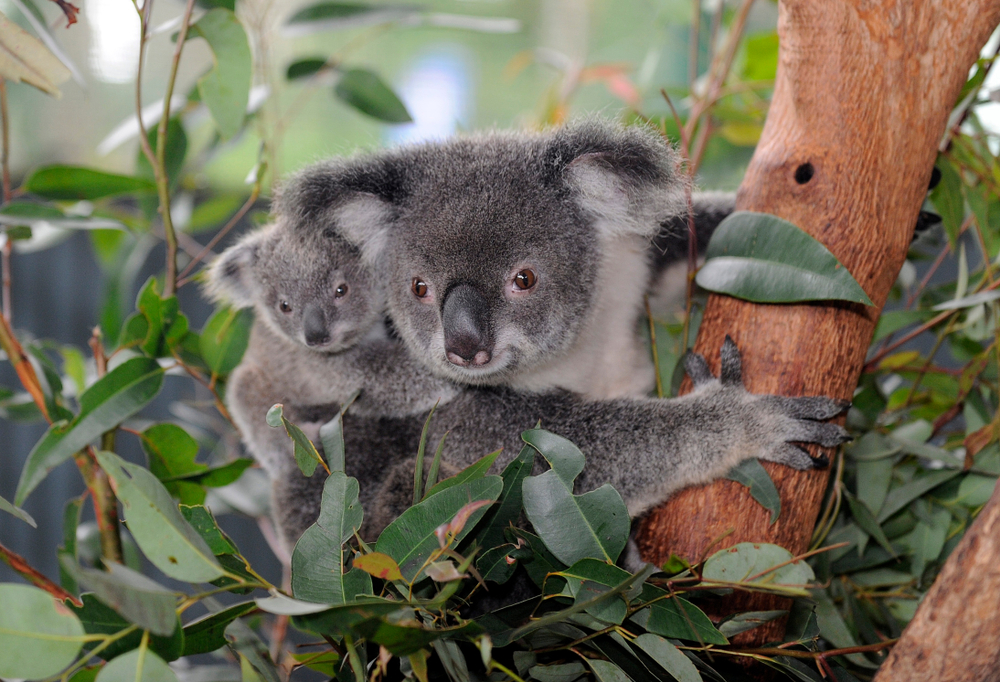
When a koala joey grows old enough to move beyond its mother’s milk, it doesn’t go straight to eating eucalyptus leaves. Instead, it consumes “pap”—a special, nutrient-rich substance its mother produces that contains essential gut bacteria. These microbes allow the joey to safely digest eucalyptus, a plant that’s toxic to most animals. It’s a gross-sounding but genius survival hack that ensures koalas can thrive on one of the world’s strangest diets.
This transfer of bacteria is like a microbial inheritance, giving the joey a lifelong ability to handle the toxins in its food. Without pap, baby koalas would never adapt to their leaf-heavy diet or survive on their own. It’s a messy but necessary rite of passage in the koala world—and a fascinating example of how evolution gets creative when it comes to survival.
